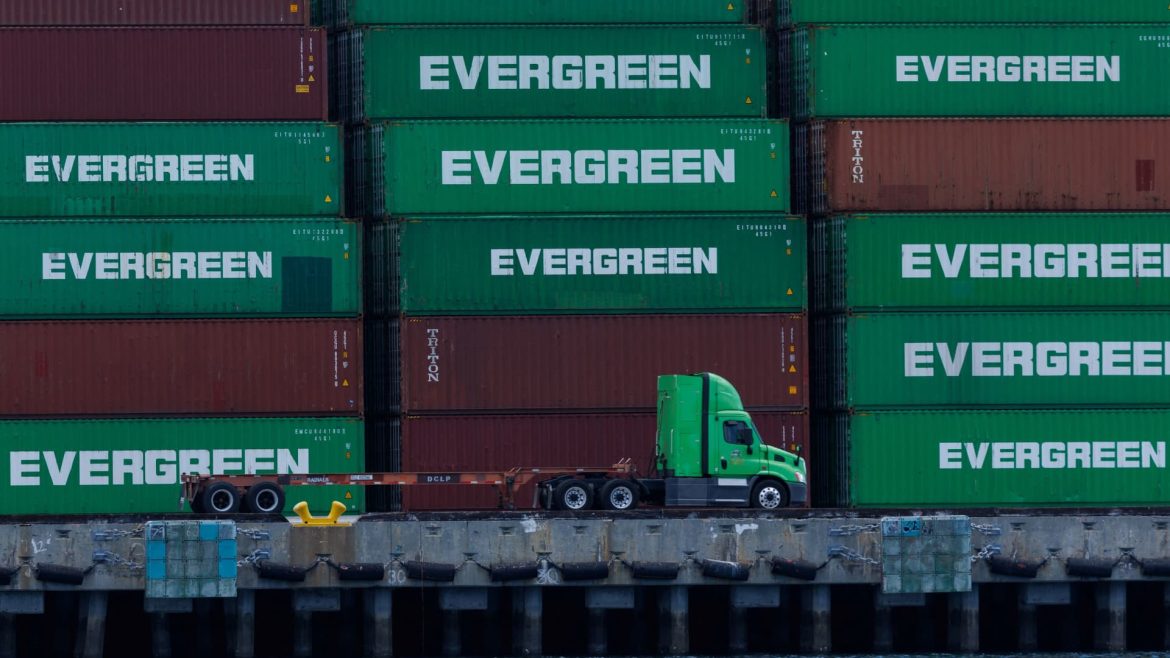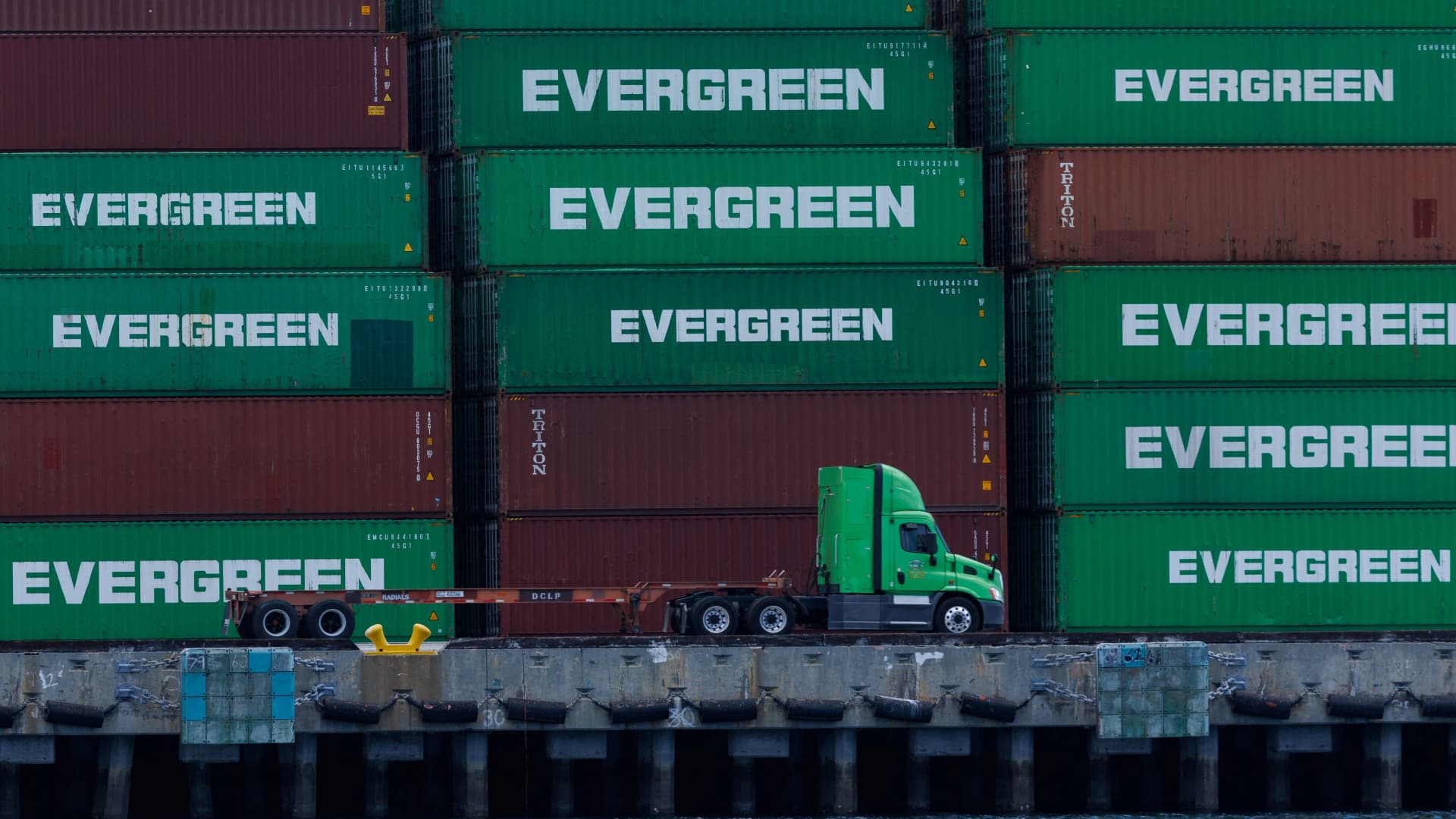The Dynamics and Impact of Trump’s Tariff Policies: An In-Depth Analysis
The landscape of international trade under President Donald Trump witnessed dramatic shifts marked by the introduction, escalation, and partial rollback of sweeping tariffs. These measures, aimed ostensibly at protecting U.S. industries and reshaping trade balances, have generated a complex web of economic effects, political responses, corporate strategies, and market reactions. This report unpacks the recent developments in Trump’s tariff policies, their economic rationale, consequences for different stakeholders, and emerging trends as trade tensions with China and other partners evolve.
—
Evolution of Trump’s Tariff Initiatives: From Escalation to Partial Retrenchment
Early in the second Trump administration, tariff rates across various import sectors rose substantially from a baseline average of around 2.5% to much steeper levels. The administration adopted a “reciprocal” tariff strategy, imposing a 10% baseline tariff on imports from most countries starting April 2025, escalating with even higher country-specific rates on 57 nations. Key sectors, particularly steel and aluminum imports, saw significant hikes, anticipated to increase U.S. import costs by approximately $100 billion.
However, in a surprising policy reversal, President Trump announced a temporary reduction of many recently imposed steep tariffs, while simultaneously escalating surcharges on Chinese imports—raising those duties to as high as 125%. This dual strategy sought to maintain pressure on China as the central trade adversary while easing tensions with other trade partners, triggering a historic rally in global financial markets.
—
Economic Impact: Costs, Price Pressures, and Corporate Responses
The tariffs have been a powerful but double-edged instrument. On the one hand, they have raised tariff revenue modestly—estimated between $18 billion and $32 billion annually, roughly 0.1% of GDP. However, the broader economic effects reveal a more complicated picture:
– Inflationary Pressures: Tariffs increased costs for manufacturers and retailers reliant on imported inputs. Many corporations, including giants like Costco and Best Buy, preemptively raised consumer prices to offset tariff-induced cost hikes. Surveys indicate nearly 38% of companies anticipated further price increases due to ongoing tariff uncertainty.
– Supply Chain Disruptions: Contrary to hopes for a U.S. manufacturing renaissance, companies have adopted a strategy of “low-tariff globe-hopping,” relocating production or sourcing to countries with minimal tariff exposure. This globalization of supply chains dampens the expected domestic industrial stimulus.
– Retail Sector Concerns: Major retail trade associations, including the National Retail Federation and Retail Industry Leaders Association, have voiced alarm over the tariffs’ ripple effects on consumer prices and sales volume. Retail executives generally expect a rollback or further modulation of reciprocal tariffs to mitigate sustained price shocks.
– Consumer Sentiment and Spending: Market research and consumer attitude surveys underscore growing pessimism tied to tariff-related uncertainties, with significant portions of the American public bracing for higher retail prices amidst the trade war.
—
Political and Legal Developments: Negotiations and Judicial Interventions
Trade policy under Trump has never existed in a vacuum—it has been subject to shifting political calculations, evolving bilateral negotiations, and legal scrutiny:
– Trade Talks and Diplomatic Shifts: Ongoing negotiations with China and other trading partners have led to temporary tariff pauses and tariff rate adjustments, reflecting both tactical recalibrations and broader geopolitical strategy. The administration’s moves to isolate China with punitive tariffs while easing duties on other countries indicate a nuanced approach balancing protectionism and diplomacy.
– Legal Challenges: Federal courts have stepped in to contest some tariff implementations, with landmark rulings declaring certain worldwide trade levies unlawful, thus blocking portions of the tariff schemes. These judicial outcomes impose practical constraints on policy execution and add uncertainty for businesses.
– Market Reactions: The tariff policy oscillations have triggered notable volatility in equity markets. The initial imposition of broad tariffs sparked market downturns, while announcements of tariff rollbacks reignited bullish investor sentiment, highlighting the intertwining of trade policy with financial market psychology.
—
Strategic Implications for Businesses and Supply Chains
Faced with a shifting tariff landscape, companies have undertaken several strategic responses:
– Price Adjustments: Immediate cost pass-through to consumers via higher prices, while mitigating margin erosion for businesses grappling with imported input cost increases.
– Supply Chain Reconfiguration: Rather than reshoring, many companies prefer relocating production to low-tariff countries, exploiting global trade frameworks to minimize tariff liabilities rather than accepting higher cost structures domestically.
– Cautious Optimism and Anticipation: Surveys suggest a growing expectation among retail executives for tariff easing, with mixed sentiments about the longevity and extent of reciprocal tariffs. This anticipation affects capital expenditures, inventory decisions, and broader strategic planning.
—
Conclusion: A Trade Policy at a Crossroads
Trump’s tariff saga encapsulates the challenges of leveraging protectionist trade policies in an intricately interconnected global economy. The initial surge in tariffs dramatically disrupted traditional trade patterns, inflicted tangible costs on businesses and consumers, and reshaped market expectations. Yet the administration’s readiness to pause or roll back tariffs on many partners, while intensifying measures against China, reveals the balancing act between punitive trade posture and economic pragmatism.
Looking ahead, the trajectory of these tariffs will continue to influence global commerce, corporate strategy, and consumer welfare. Policymakers and business leaders alike must navigate this fluid environment marked by legal contestations, diplomatic negotiations, and market feedback loops. The historic market rally following tariff moderation signals that clarity and predictability in trade policy remain prized commodities in a volatile economic era.





